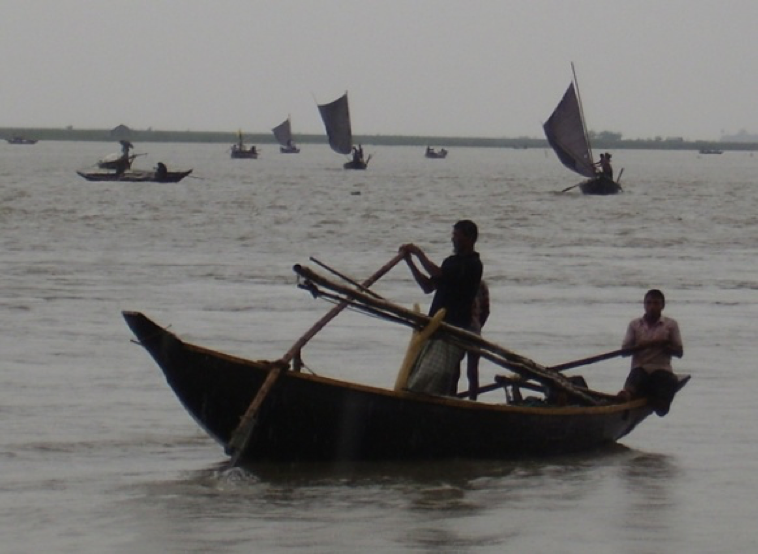The Civil Society Nature Reserves (RNSC) for the Galeras Flora and Fauna Sanctuary is a very important management strategy within the framework of the environmental management of its buffer zone. This process has been carried out since the 1990s in the Municipality of Pasto (Mapachico), and in 2000 with the Social Participation Policy through the ECOANDINO sustainable development project and sustainable systems for conservation.
This resulted in a direct incidence of the peasant civil society in the voluntary conservation and liberation of areas projected to be expanded for productive processes.
At present, this voluntary conservation strategy has more than 200 RNSC and conserves more than 600 ha of high Andean and Andean forest ecosystems in the context of microfundios in the department of Nariño, representing in the area, with a buffer function, an alternative for the continuity of the values under conservation.It has also become a strategy of social fabric where spaces are promoted for the exchange of knowledge, traditional knowledge, products, seeds, creation of bonds of trust, dialogues, where the main actors are the families who are friends of the Galeras Flora and Fauna Sanctuary.
Community conservation processes are successful in proportion to the degree of commitment and awareness of the families involved.
The CSER for the Galeras Flora and Fauna Sanctuary is a very important management strategy in the framework of the environmental management of its buffer zone.
